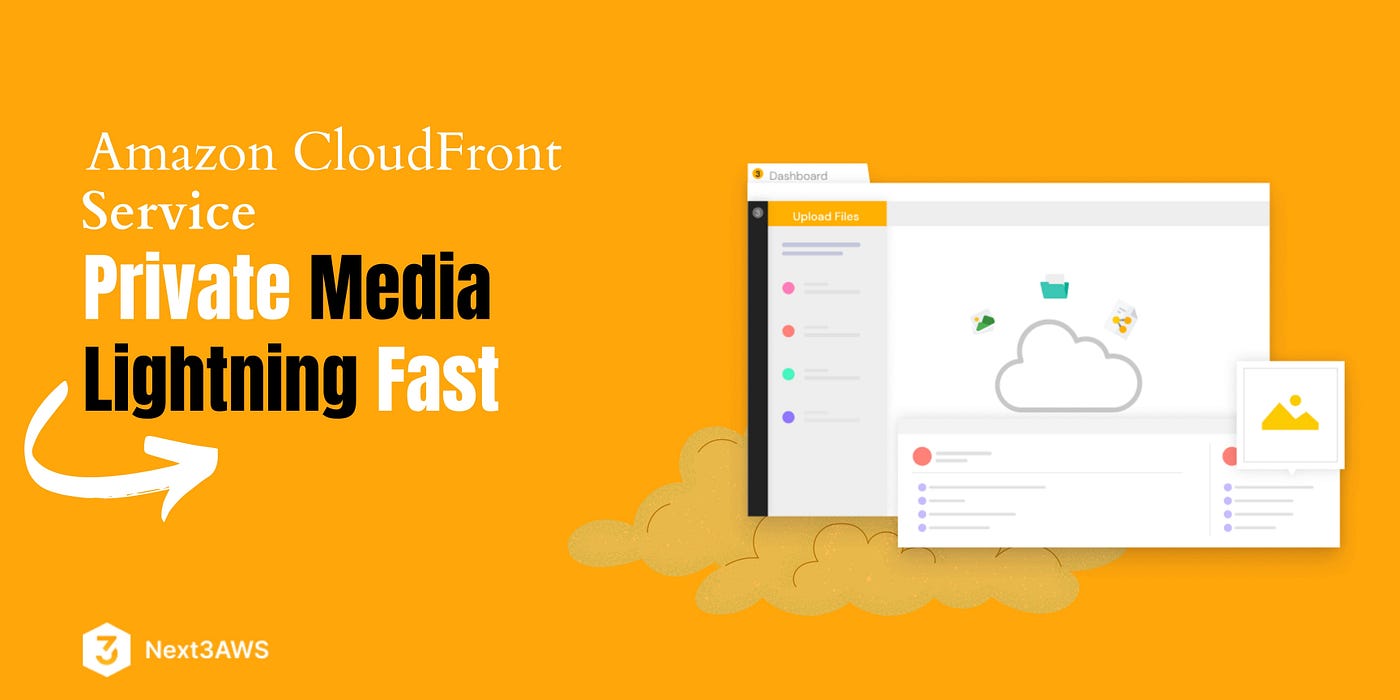What is Amazon Cloudfront and How Does It Work?
Amazon CloudFront is a content delivery service that works in conjunction with other Amazon Web Services (AWS) to provide developers with a simple way to distribute content to end users.

This service is useful for companies with a need for higher response times and large file content that want to distribute these files to a sizeable number of users. Once content is put in an origin server, like an Amazon Simple Storage Service bucket or an Elastic Compute Cloud instance, it’s pushed out to multiple CloudFront servers as content is requested.
What is AWS Cloudfront?
Amazon Cloudfront is a content delivery network (AWS CDN) that retrieves data stored in the Amazon S3 bucket and distributes it to numerous edge locations across the world. Edge locations are the network of data centers distributed worldwide through which content is delivered.
When a user requests content that is being served with CloudFront, the request is routed to the nearest edge location that gives the lowest latency. This helps the user to access content with the best possible performance. The Amazon cloud architecture functions as follows.
- If the content is already cached in the edge location, CloudFront delivers it immediately with the lowest latency possible.
- If the content is not present in the edge location, CloudFront retrieves it from the origin (like Amazon S3 bucket, a Media Package channel, or an HTTP server) that has been identified for your content.
CloudFront speeds up the distribution of your content by routing each user request through the AWS backbone network to the edge location that can best serve your content. Typically, this is a CloudFront edge server that provides the fastest delivery to the viewer.
How does Amazon CloudFront deliver content?
Once an Amazon S3 Bucket or HTTP Server is set up, a CloudFront distribution is created to tell CloudFront where you want the content to be delivered and details about tracking and managing content delivery.
CloudFront then uses edge servers that are close to your viewers to deliver content quickly when someone accesses it.
Steps to configure CloudFront to deliver content :
- When the origin servers such as the Amazon S3 bucket or an own HTTP server are specified, CloudFront gets the required files which are then distributed from CloudFront edge locations all over the world.
- Files are uploaded to the origin servers. The files also known as objects, typically include web pages, images, and media files. It can include anything that can be served over HTTP.
- The CloudFront distribution tells CloudFront which origins to get the files from when users request the files through the website or application. CloudFront also logs all the requests and distribution can be enabled as soon as it’s created.
- A domain is assigned to the new distribution that can be found in the CloudFront console or an alternate domain can be used instead.
- The distribution is sent across to all the edge locations or points of presence collections that are collections of servers in geographically dispersed data centers where CloudFront caches a copy of the data.
Best Way to Configure Amazon CloudFront is Next3 AWS
Using WooCommerce or Easy Digital Downloads to sell digital goods? Maybe you have a membership site and want to keep members-only videos and other content private. Next3 AWS allows you to configure Amazon CloudFront to serve some files in your bucket to the public while protecting others and serving them only to signed-in users.
Benefits and Features of AWS CloudFront
Globally
There are 216 edge locations across the globe. With the number of edge locations, it enables the end-user to use your content without any latency.
Fast
Amazon CloudFront provides a high data transfer rate since the content is already cached in the nearest edge location, it gives the end-user a lightning-fast speed delivery of the content.
Dynamic Transfer
It provides an option for both static and dynamic content delivery. As soon as one byte is loaded into the cache, it is immediately transferred to the client working as a Live Steam.
AWS Integration
The whole of AWS-supported services for your content or application can be integrated into the CloudFront.


Comments
Post a Comment